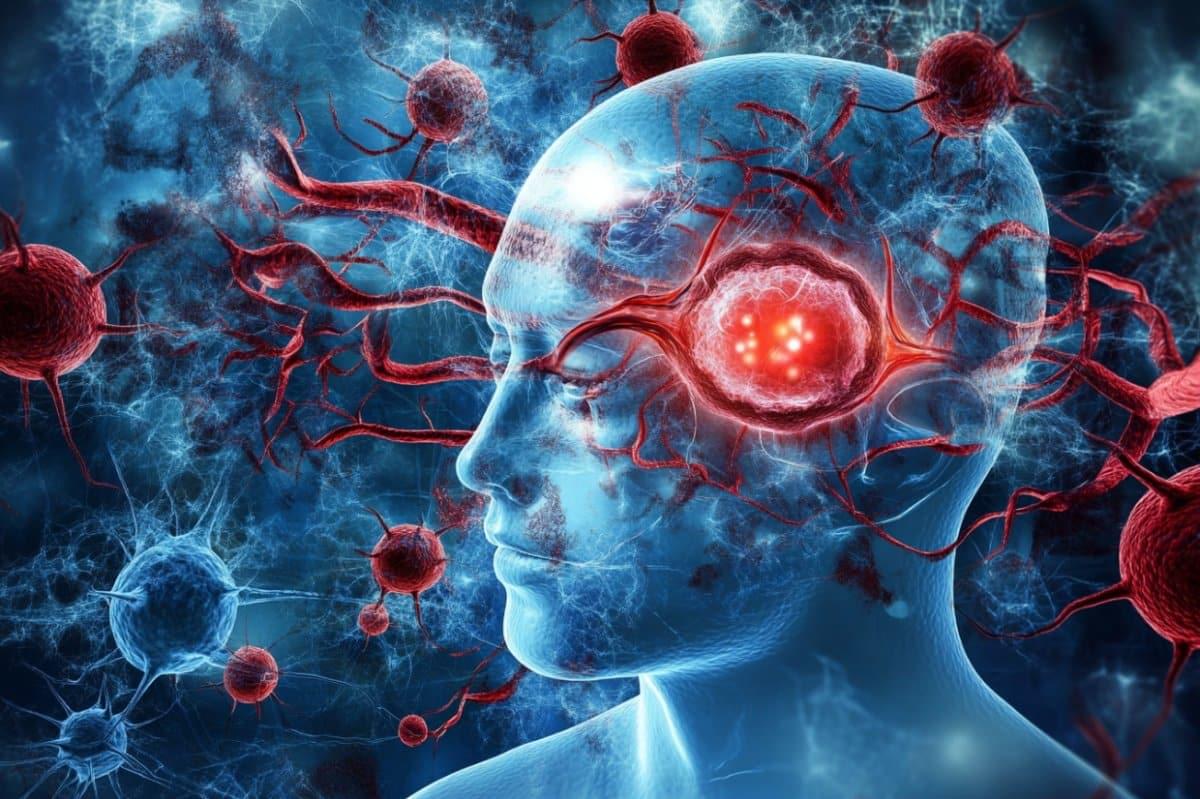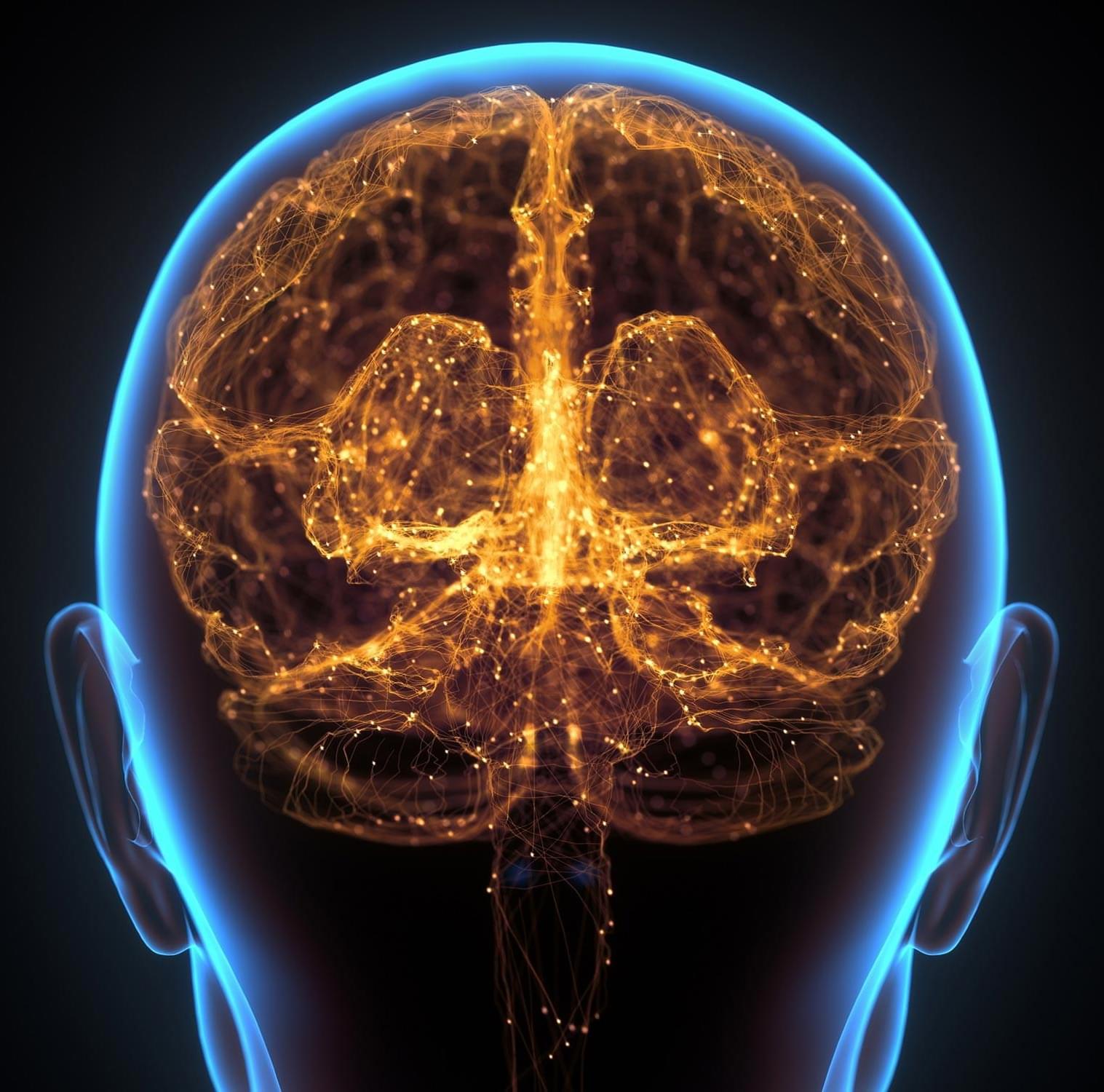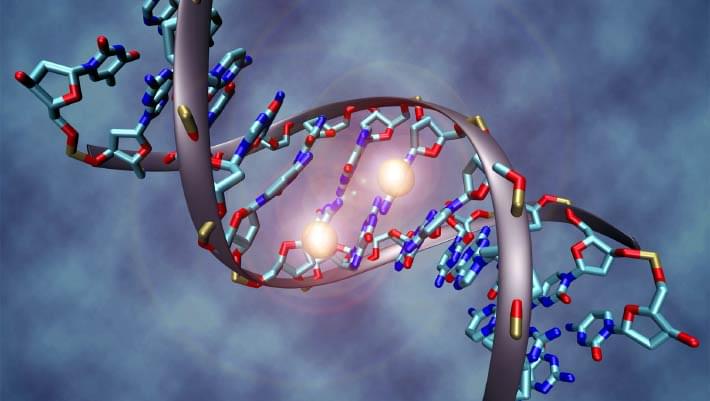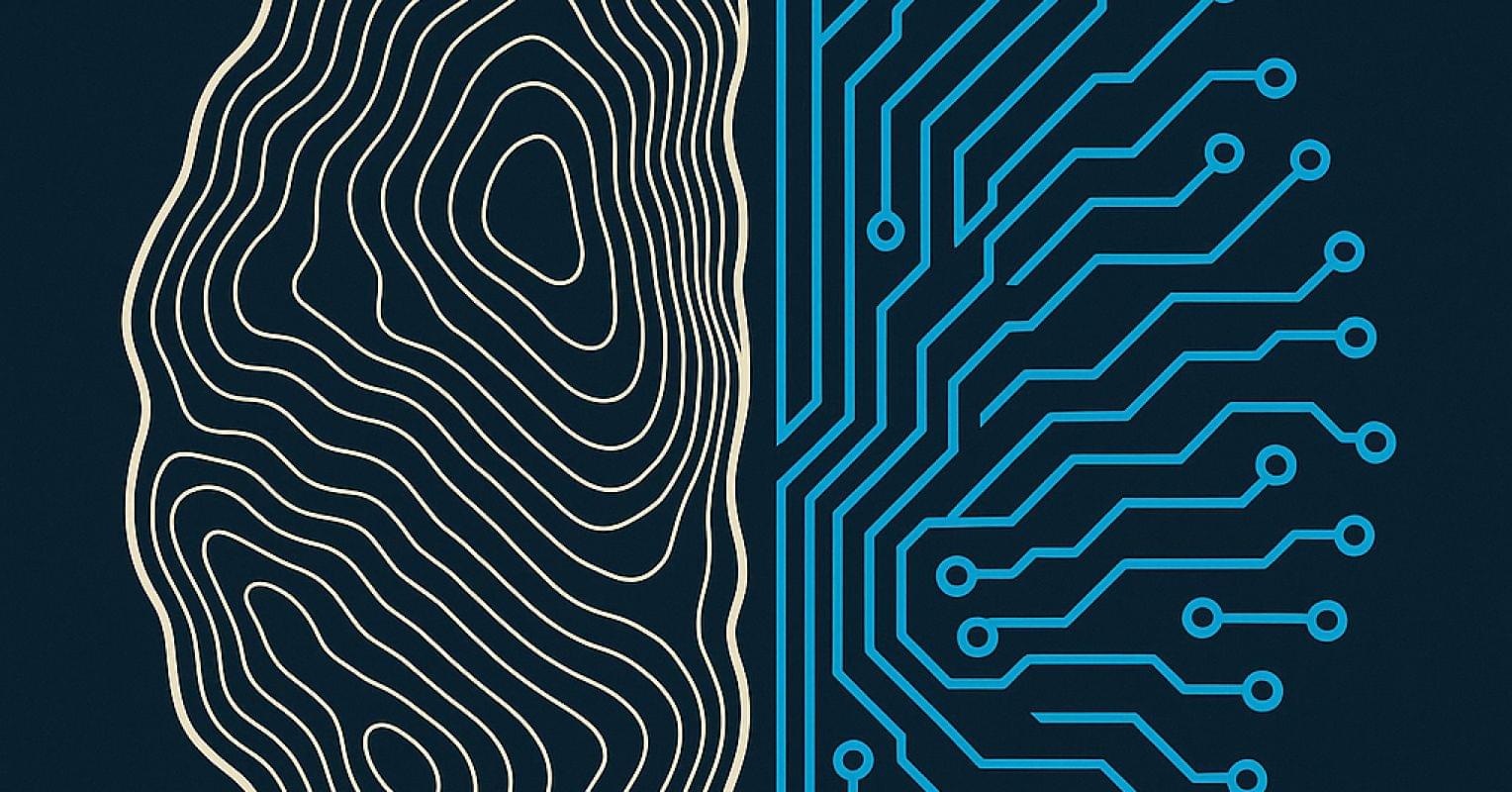
As director of the MIT BioMicro Center (BMC), Stuart Levine ’97 wholeheartedly embraces the variety of challenges he tackles each day. One of over 50 core facilities providing shared resources across the Institute, the BMC supplies integrated high-throughput genomics, single-cell and spatial transcriptomic analysis, bioinformatics support, and data management to researchers across MIT. The BioMicro Center is part of the Integrated Genomics and Bioinformatics core facility at the Robert A. Swanson (1969) Biotechnology Center.
“Every day is a different day,” Levine says, “there are always new problems, new challenges, and the technology is continuing to move at an incredible pace.” After more than 15 years in the role, Levine is grateful that the breadth of his work allows him to seek solutions for so many scientific problems.
By combining bioinformatics expertise with biotech relationships and a focus on maximizing the impact of the center’s work, Levine brings the broad range of skills required to match the diversity of questions asked by investigators in MIT’s Department of Biology and Koch Institute for Integrative Cancer Research, as well as researchers across MIT’s campus.








